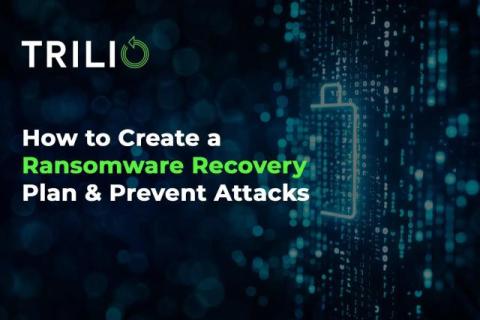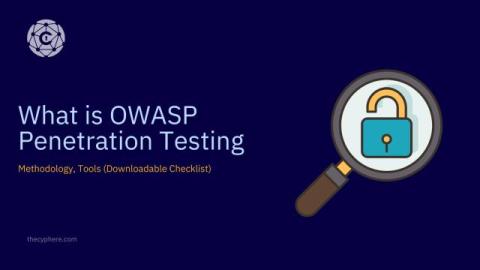8 Best Data Leak Prevention (DLP) Policies for Protecting Your Sensitive Data
Whether organizations are looking to prevent data exposure, meet leading compliance standards, or simply earn customer trust, Data Leak Prevention (DLP) policies are effective tools for pinpointing and protecting sensitive data across the cloud and beyond. DLP policies are especially useful in the following top use cases.











